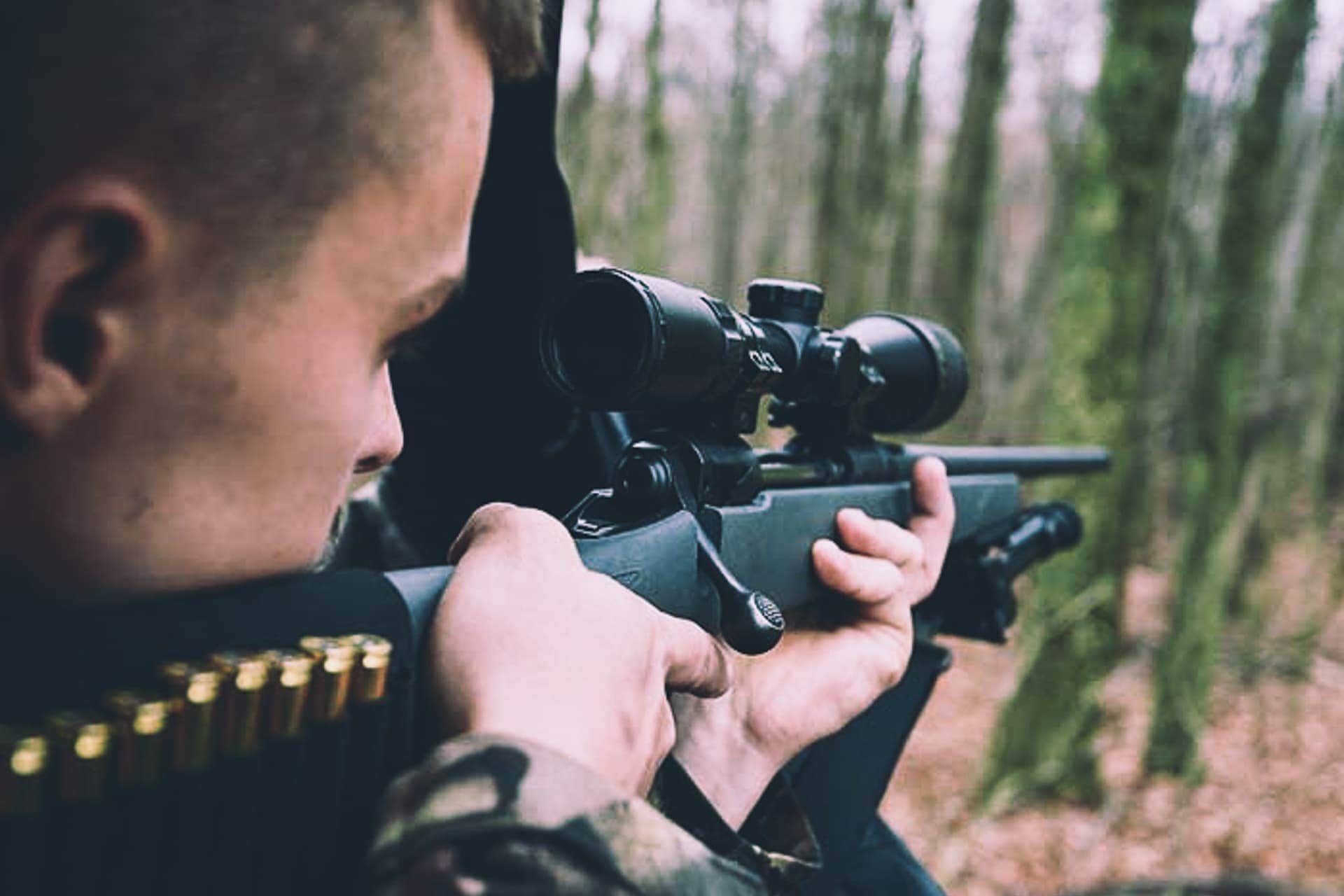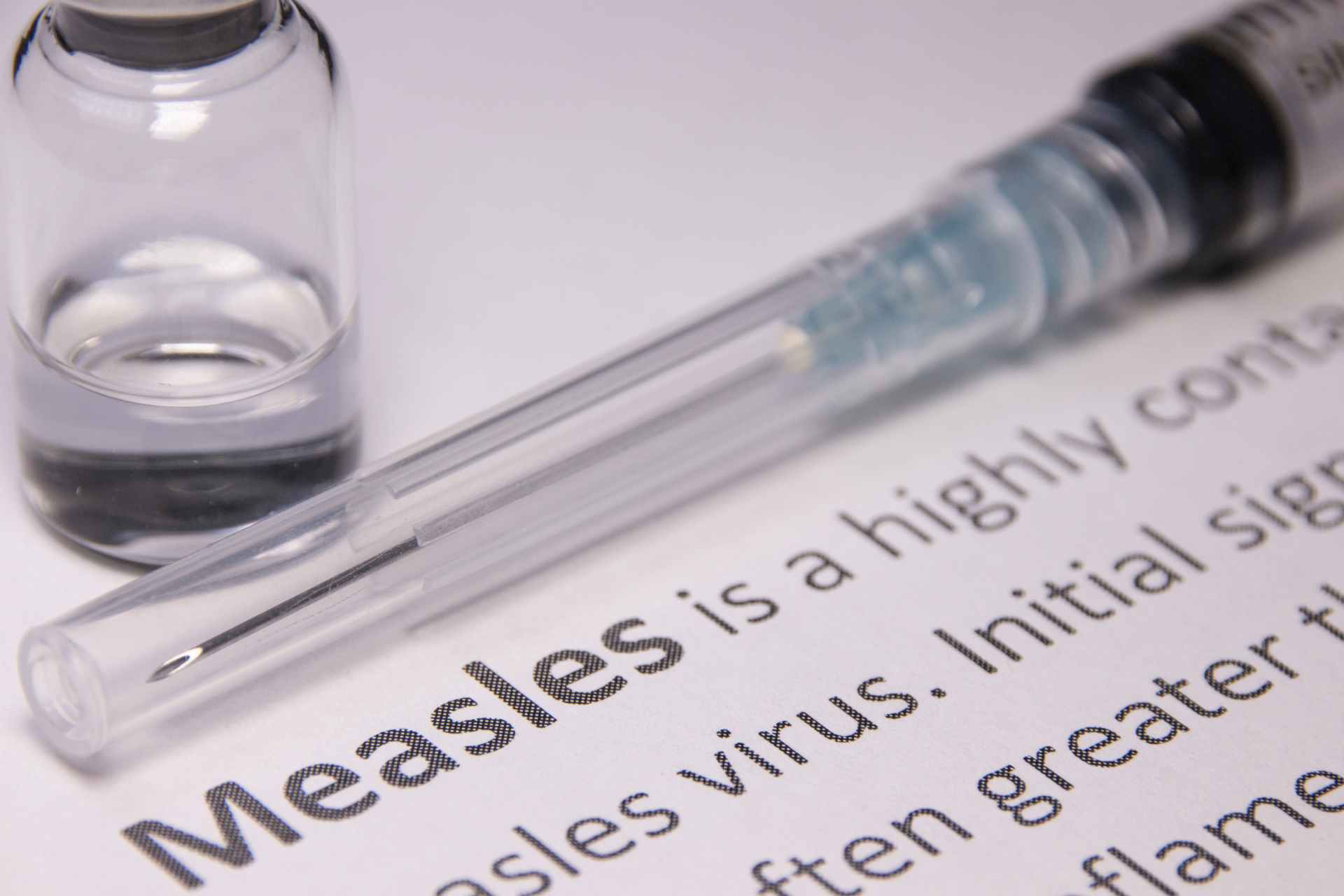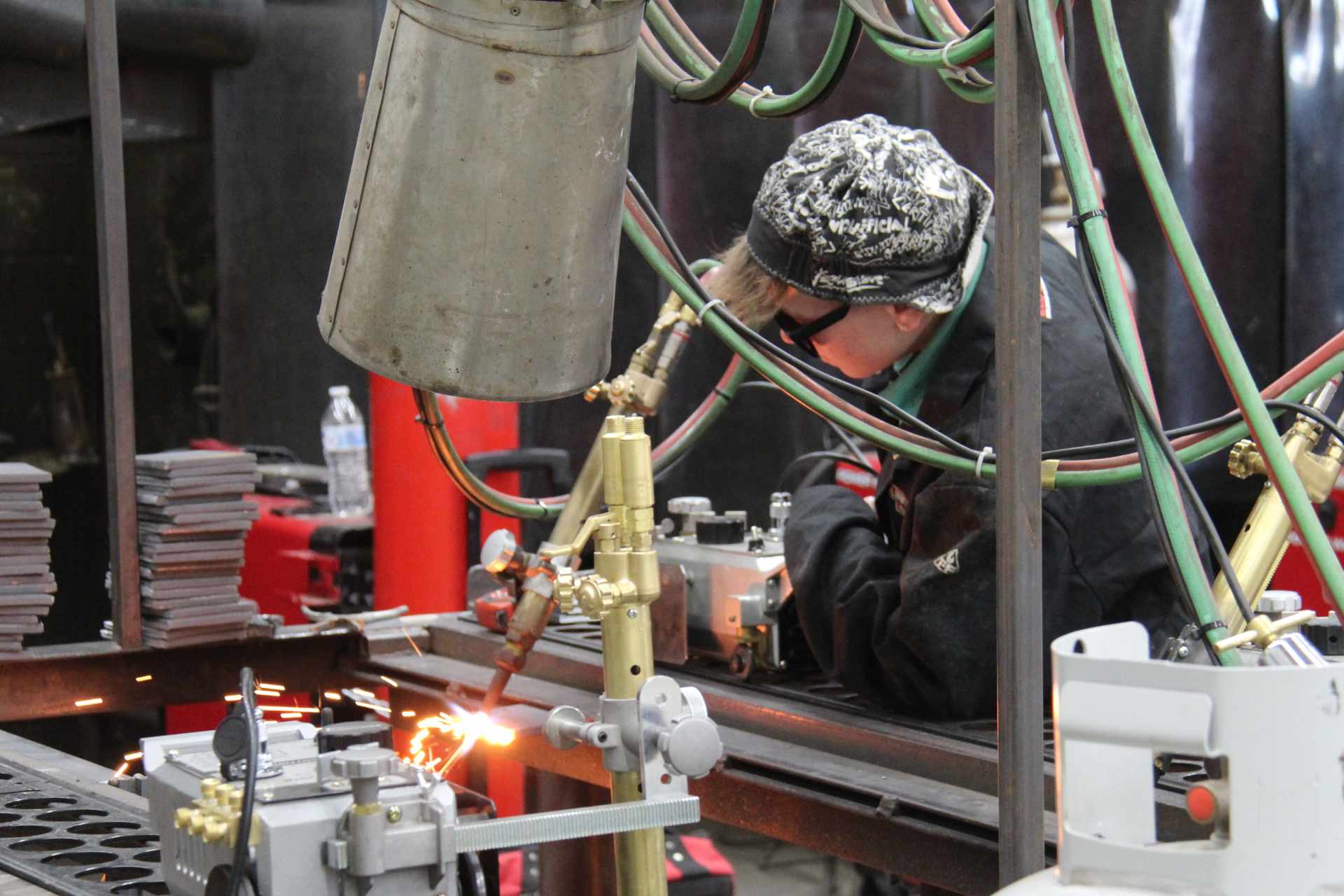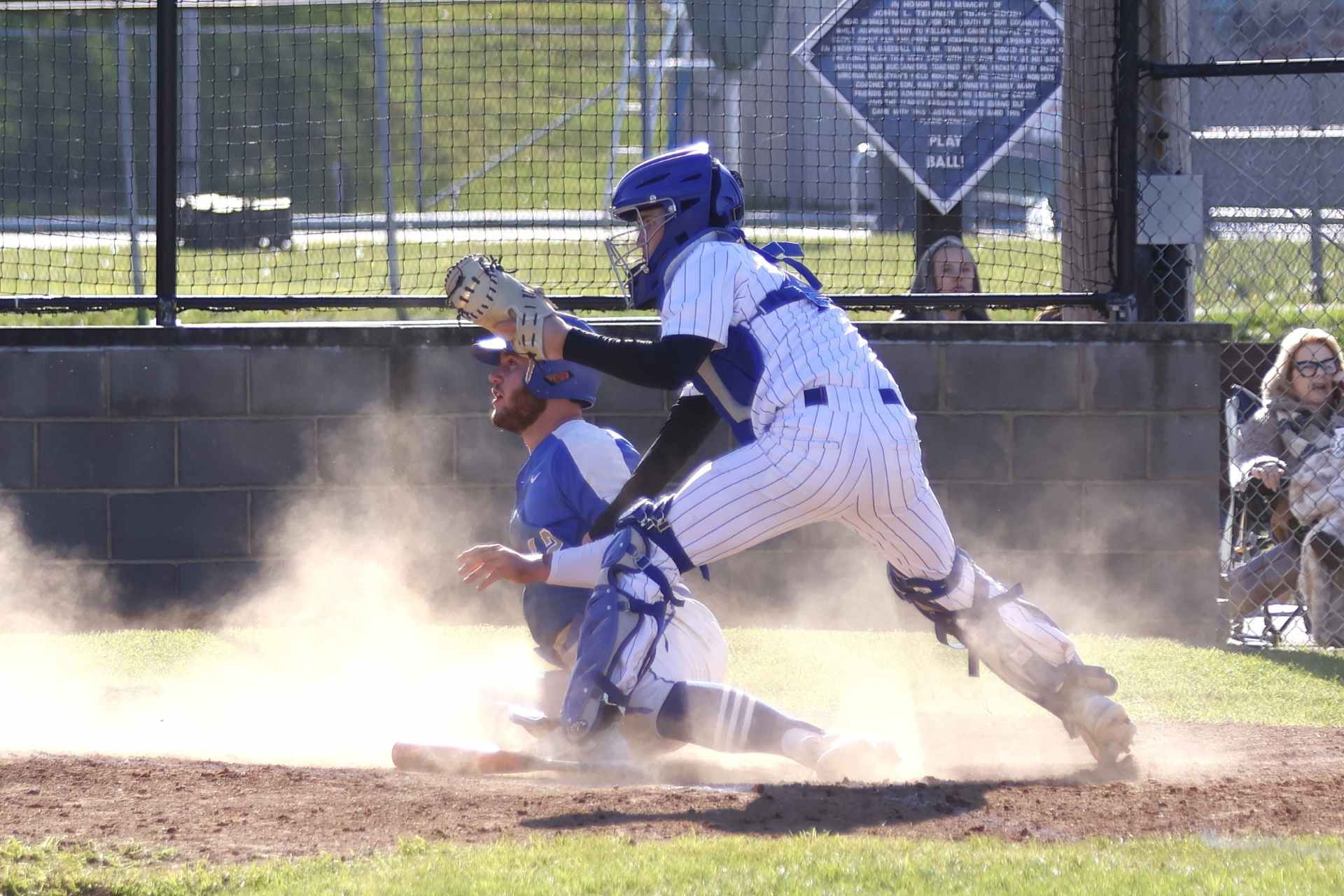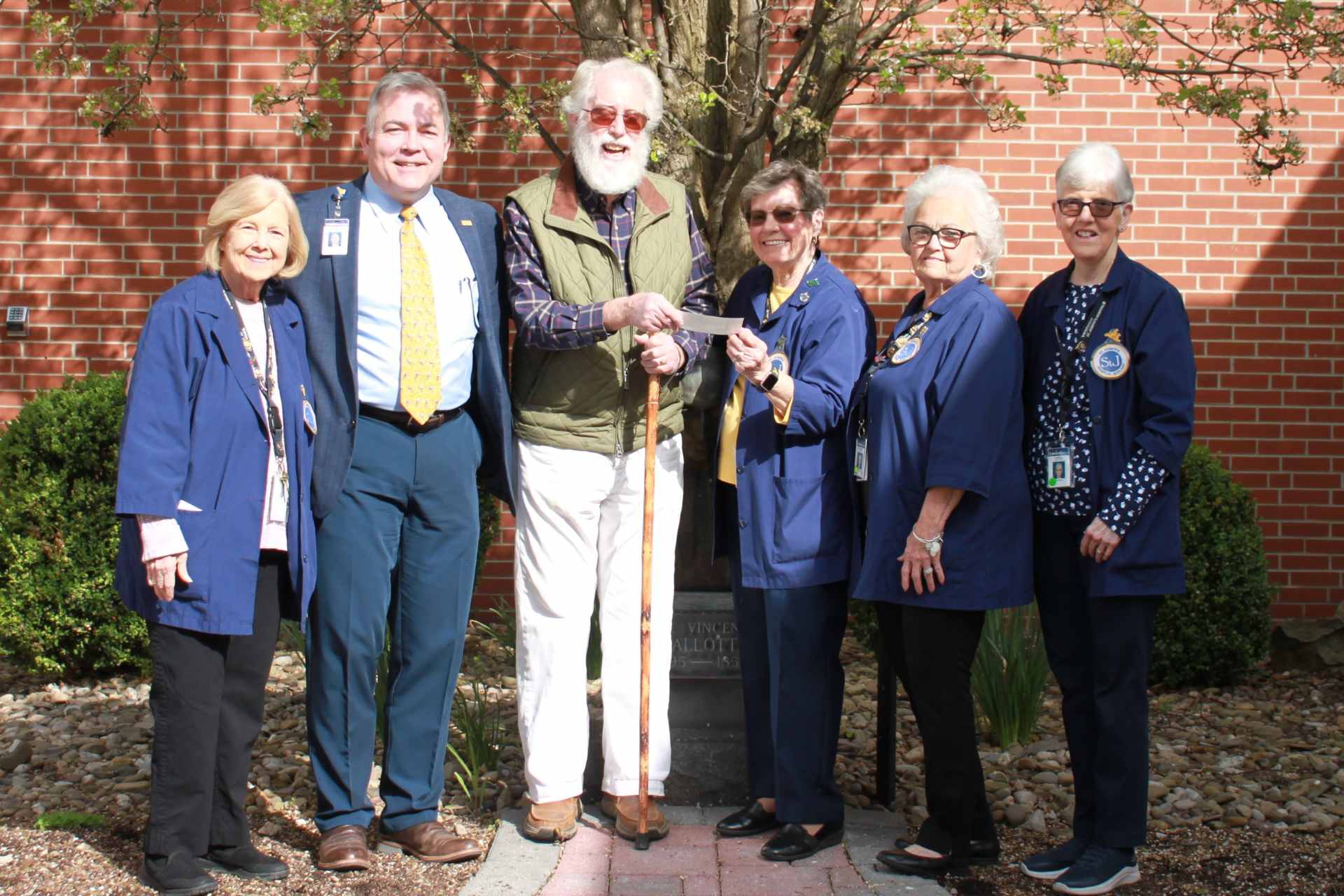September marks the beginning of many hunting seasons and the West Virginia Division of Natural Resources would like to remind hunters to prepare by scouting, inspecting equipment and sharpening their skills.
“By late August, you should be able to gauge fall mast conditions in the areas you hunt,” said Ethan Barton, a DNR wildlife biologist stationed in Romney. “Mast crop quantity is a good indicator of whether or not a hunting area will be productive.”
DNR wildlife biologists and managers conduct mast surveys statewide every year, and early indicators this year point toward a mixed mast crop. Deer, bear, and boar hunters should look for producing oaks or other desirable food close to bedding cover or habitat edges, and squirrel hunters should seek out producing oaks and hickories.
According to Barton, squirrels should be more abundant this year than during last hunting season. “Hard mast production has a time-lagged effect on squirrel populations. More mast during the previous autumn means higher overwinter survival and more reproduction for squirrels the following year,” he said.
Preseason scouting will help hunters locate the food and cover which game animals require, and that effort should translate into better success and recreational experiences during hunting seasons.
Another important preseason activity for hunters is practicing their craft and inspecting their equipment well before seasons begin. Archery and crossbow hunters should practice from various ranges, heights, and angles they expect to encounter while hunting. Bows, arrows and bolts, broadheads, and safety equipment should also be inspected before being used.
Improper tuning of compound bows and crossbows can hamper accuracy, and frayed strings can be dangerous. Broadheads that have been previously used should be sharpened or the blades should be replaced to ensure a humane, ethical harvest.
Hunters who use tree stands should check their safety harnesses for damage or wear before they go hunting, and should follow manufacturer recommendations for time of replacement. Replacing a worn or damaged tree stand safety harness could save your life in the event of a slip or fall.
Rifle hunters should check their firearms for accuracy, and practice shooting from various distances and positions they expect to encounter while hunting before seasons open to ensure proficiency. When sighting-in a rifle, shoot from a solid rest and be sure the rifle’s bore is clean before the shooting session.
It’s also important to check ammunition for corrosion, uniformity and quality, particularly if you have old ammunition that has seen a few years at hunting camp. If you’re trying a different load, remember that bullets of the same weight but different ballistic profiles (a pointed bullet versus a round-nosed bullet) often don’t shoot to the same point of aim. Also, impact points of similar loads from different manufacturers can differ substantially.
“Even if you’re confident your rifle is dead-on, take a few shots at the range to make sure you’re in the black,” Barton said. “You owe it to yourself and to the game animals you hunt to be as accurate and ethical as possible.”
Another preseason tip is to read through the 2018-19 West Virginia Hunting and Trapping Regulations summary, available for free at license agents, DNR offices, and online at www.wvdnr.gov. If you have additional questions about regulations or seasons, call your local DNR district office between 8:30 a.m. and 4:30 p.m. Monday through Friday.
